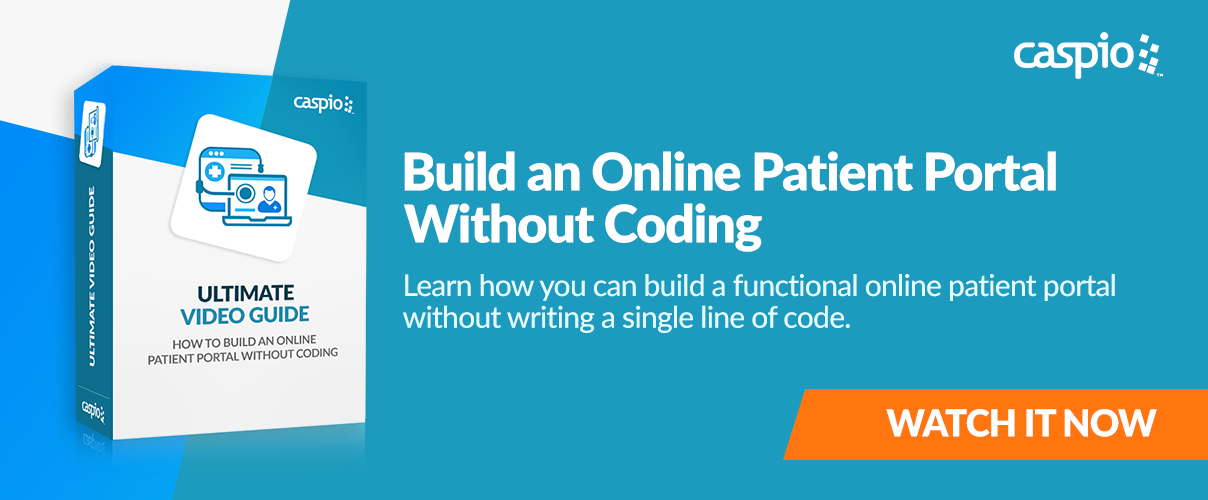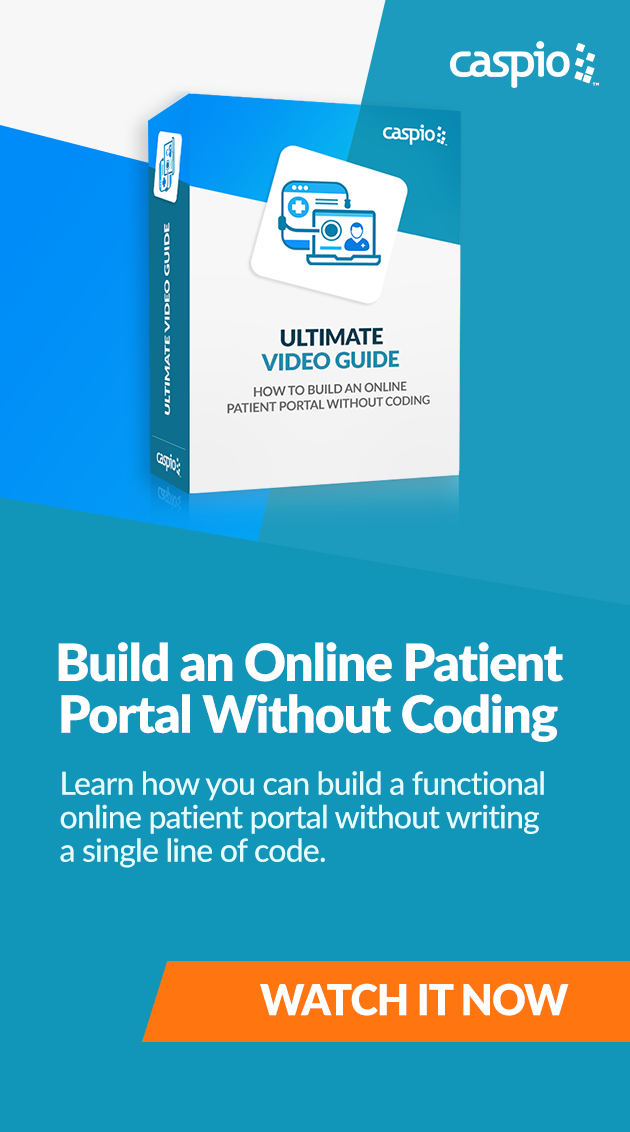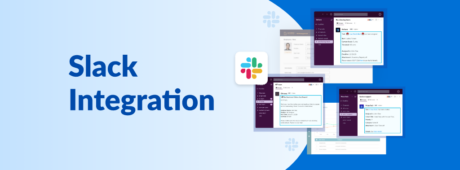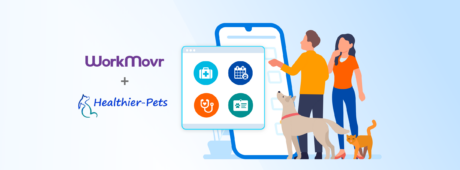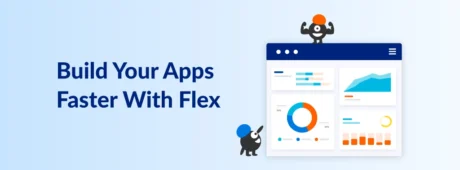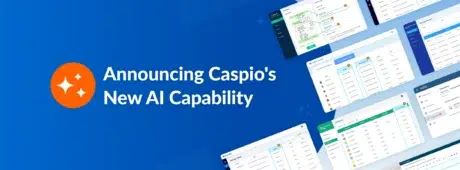How to Build an Online Patient Portal Without Coding [Ultimate Video Guide]
July 31, 2019
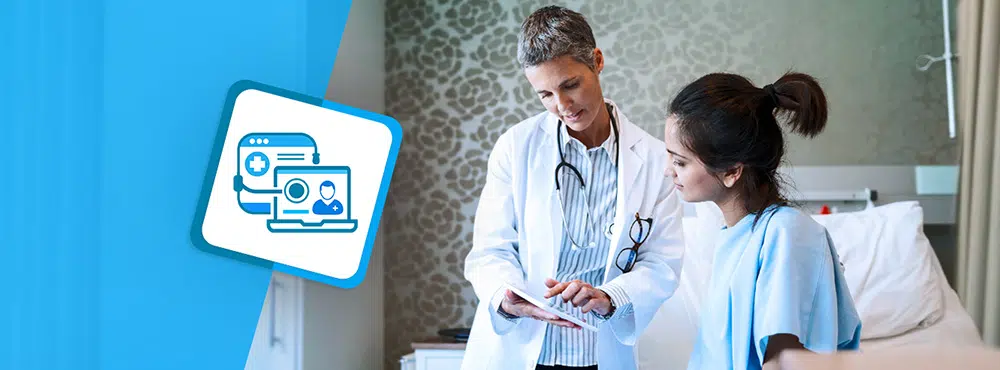
According to the Centers for Disease Control and Prevention, six in every 10 adults in the US have a chronic disease, such as diabetes or arthritis. This makes chronic diseases the leading driver of the nation’s $3.3 trillion annual healthcare spending.
That’s why patient portals matter today, more than ever.
Patient portals alone can improve preventive and chronic disease management by nearly 10% for some conditions, according to researchers at Kaiser Permanente. Other studies corroborate that these types of healthcare IT tools generate patient loyalty and increase patient satisfaction and engagement.
It’s no surprise that 90% of healthcare organizations are already using some form of patient portal access.
But here’s the problem.
Almost 40% of that group admitted that their portal does not accept patient-generated health data that physicians can review. Another 20% were uncertain.
Get our free video guide and learn how to create patient portals and other healthcare apps today.
Challenges of Building a Patient Portal
Creating an online patient portal is one thing; building a compliant app is another.
Healthcare organizations trying to build their own applications must adhere to strict regulations stated in the Health Insurance Portability and Accountability Act of 1996, or HIPAA. The law aims to keep patients’ protected health information (PHI) and personally identifiable information (PII) safe and secure.
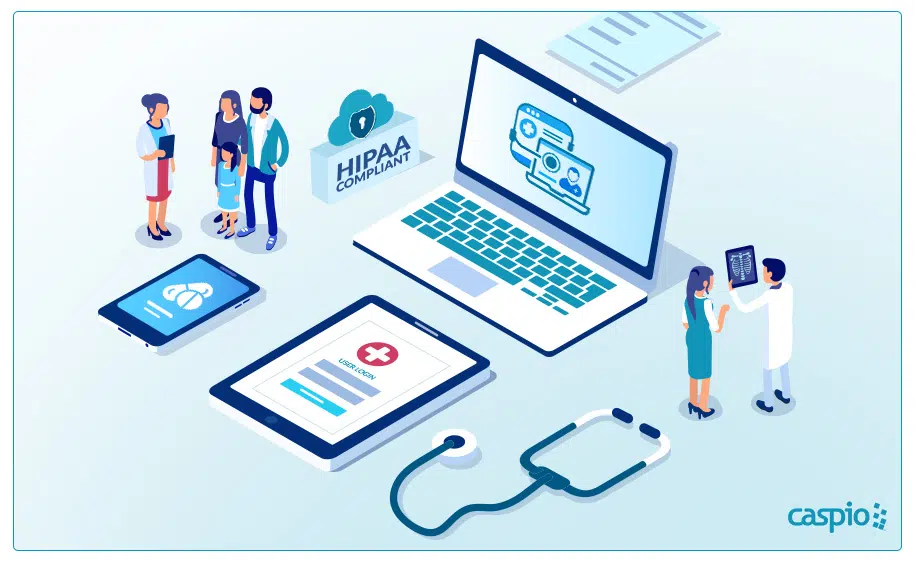
Healthcare organizations are also mandated to ensure interoperability, which means the patient portal or any health IT tool you build must be able to “talk” to other systems for faster and more transparent exchange of data.
In consideration of these requirements and regulations – plus due to the scarcity of internal IT resources – many healthcare organizations choose to use third-party vendors to build their applications. But here’s the catch: doing so does not exempt you from penalties if your vendor commits violations. You must sign a HIPAA Business Associate Agreement (BAA) with your vendor to safeguard your own business.
Compliance concerns aside, healthcare organizations also have to deal with the technical complexity and the steep cost of traditional application development.
Custom vs Off-the-Shelf Healthcare IT Apps
Should you buy ready-made healthcare applications instead?
While there may be many ready-built patient portal apps on the market today, they may not be the best fit for your organization. Pre-built applications are created to attract as many customers as possible. Yet, what may work for a full-scale hospital network may not work for a small town practice.
Out-of-the-box healthcare apps often contain a lot of features you don’t need but lack that one function you DO need. If you wanted to add features, you may have to pay more.
And then there’s the issue of incompatibility with your current workflows, which can be frustrating for employees and other users as the tool diverges from already established processes. At the end of the day, custom-building your patient portal is the best way to obtain an application that meets all your specific requirements.
But what about the usual demands of traditional application development?
You can avoid all that by building it with low-code platforms like Caspio. Watch our ultimate video guide and learn how to build a patient portal without coding.
Common Features of an Online Patient Portal
By custom-building your healthcare applications, you’re able to include only the features you need. You’re able to follow your current workflows as well. And if you build it using a low-code platform, you’ll also save on development time and costs.
Just a quick reminder: since a patient portal is a gateway to patient information, it’s critical that you build it on top of a secure and reliable online database.
Now, here are some common features of custom-built patient portals:
- Patient Registration – Enables patients to input their information and create a profile using a computer or a tablet.
- Direct Messaging – Facilitates direct messaging, emails and file exchange between patient and care provider.
- File Repository – Patients can view, download, or transmit their laboratory results and medical data to an external third-party, such as another healthcare provider, a caregiver or an app.
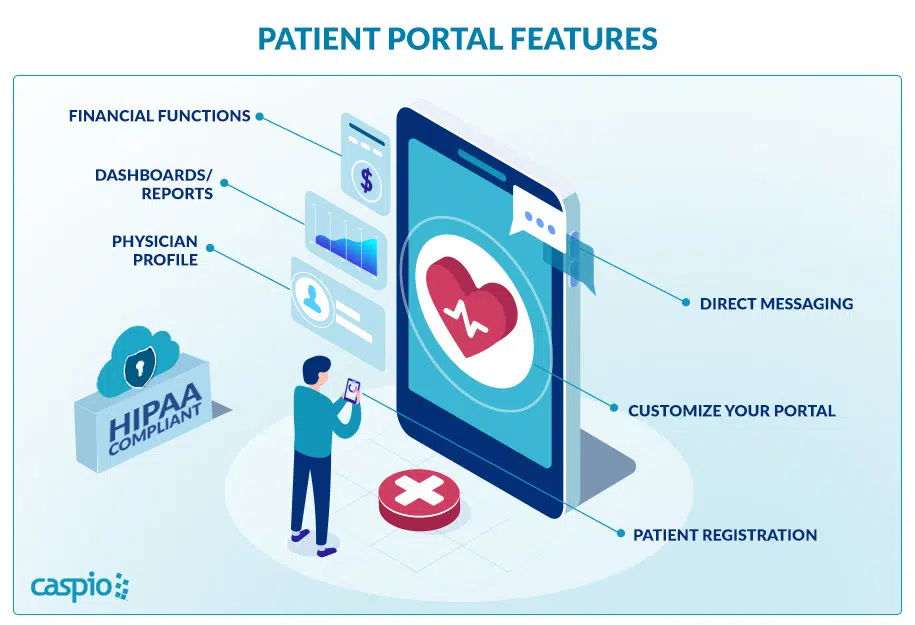
- Patient Management – Contains the patient’s medical record, including history, dates of previous consultations, physician notes and prescriptions, among others. Physicians can also use this feature to record and keep track of the patient’s vital signs and biometrics.
- Dashboards/Reports – Reporting tools that summarize the metrics of the clinic or physician, such as the number of patients seen in the last six months.
- Physician Profile – Keep track of your physicians’ accreditations, specializations and billable hours. Meanwhile, patients can browse through the directory and choose which physician is best suited for their concern.
- Financial Functions – View e-statements, make payments, receive receipts and check billable physician hours.
- Notifications – Set notifications for requests like prescription refills, follow-ups and laboratory schedules.
Build Your Own Patient Portal Securely with Caspio
Caspio empowers healthcare professionals to create HIPAA-compliant database applications to their exact specifications, with little to no coding required.
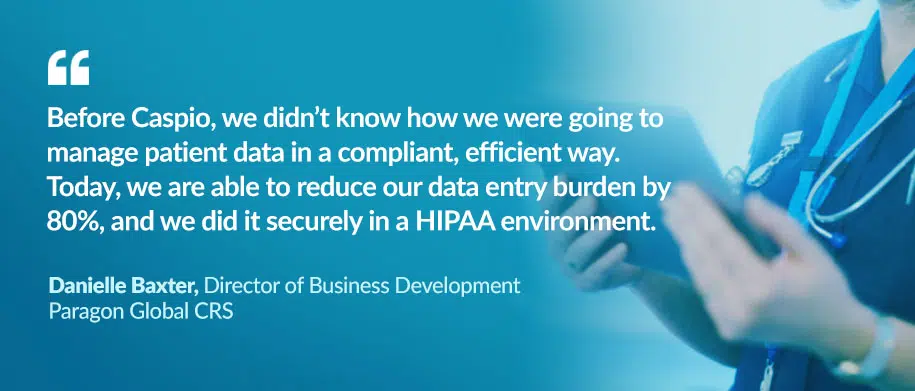
Our industry-leading low-code platform provides the means to build not just online patient portals, but other fully-featured healthcare applications, including:
- health scorecards
- patient condition reporting
- quality and outcomes dashboards
- disease management applications
- patient feedback and collaboration apps
Since Caspio provides a HIPAA Edition, you’re at peace knowing you’ll be able to build custom online databases and apps in a secure and compliant environment. Caspio also signs BAAs with our business associates for legal protection and compliance of all parties involved.
At Caspio, we provide all the tools you need to envision, build and deploy your patient portal — so you can accelerate innovation in your healthcare organization through rapid application development.
Ready to get started?
Watch our ultimate video guide now and learn how to build patient portals and other healthcare apps without coding.
Or, if you need to create simple but powerful cloud apps quickly and for free, check out Caspio’s easy database creator.
